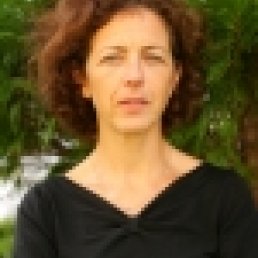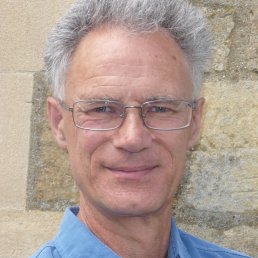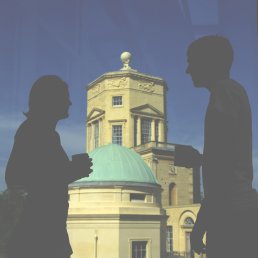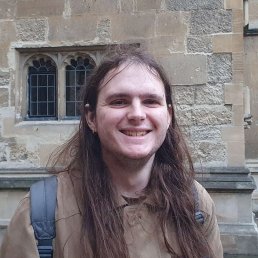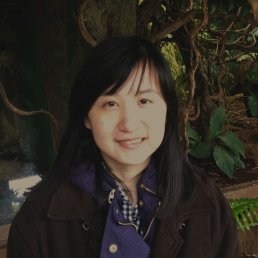Owning a successful DPhil
Abstract
In this session we will explore these and other questions related to what makes a successful DPhil with help from faculty members, postdocs and DPhil students.
In the first half of the session Helen Byrne and Roger Heath-Brown will give short talks on their experiences as PhD students and supervisors.
The second part of the session will be a panel discussion, and the panel will consist of Emily Cliff, Benjamin Green, Paul Taylor and Andrew Thompson. Senior faculty members will be kindly asked to leave the lecture theatre - to ensure that students feel comfortable with discussing their experiences with later year students and postdocs/research fellows without any senior faculty present.
About the speakers and panel members:
Helen Byrne received her DPhil from Oxford under the supervision of John Norbury. She was a Professor of Applied Mathematics in Nottingham from 2003 to 2011, when she moved to Oxford where she is a Professor in Mathematical Biology.
